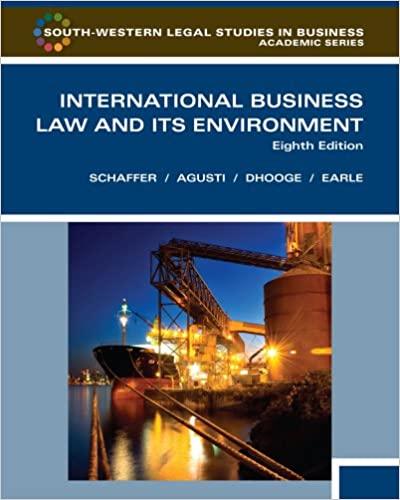Answered step by step
Verified Expert Solution
Question
1 Approved Answer
The Companies Act 2016 has migrated towards the no par value regime like countries such as New Zealand and Australia. Explain the concepts and changes

The Companies Act 2016 has migrated towards the no par value regime like countries such as New Zealand and Australia. Explain the concepts and changes brought by the new regime.
Introduction
Contents
Conclusion

Step by Step Solution
There are 3 Steps involved in it
Step: 1

Get Instant Access to Expert-Tailored Solutions
See step-by-step solutions with expert insights and AI powered tools for academic success
Step: 2

Step: 3

Ace Your Homework with AI
Get the answers you need in no time with our AI-driven, step-by-step assistance
Get Started


